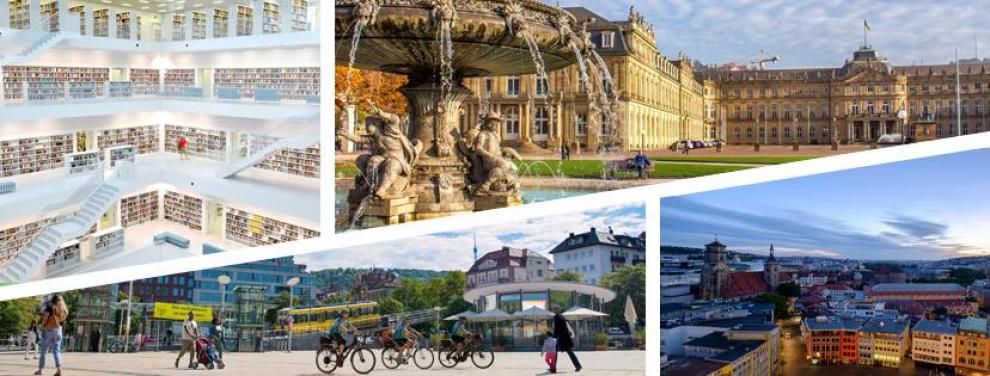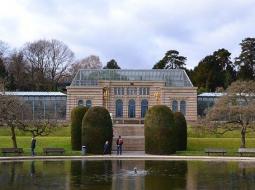Thessaloniki gets ready for its metro launch in November
The underground rapid transit lines have been under construction for almost two decades due to various project delays
 TheMayor.EU logo
TheMayor.EU logo 
Since the 6th millennium BC, the Stuttgart area has been an important agricultural area and has been host to a number of cultures seeking to utilize the rich soil of the Neckar valley. The Roman Empire conquered the area in 83 AD and built a massive castrum near Bad Cannstatt, making it the most important regional centre for several centuries.
Stuttgart's roots were truly laid in the 10th century with its founding by Liudolf, Duke of Swabia, as a stud farm for his warhorses. Initially overshadowed by nearby Cannstatt, the town grew steadily and was granted a charter in 1320. The fortunes of Stuttgart turned with those of the House of Wurttemberg, and they made it the capital of their country, duchy, and kingdom from the 15th century to 1918.
Stuttgart prospered despite setbacks in the Thirty Years' War and devastating air raids by the Allies on the city and its automobile production during World War II. However, by 1952, the city had bounced back and it became the major economic, industrial, tourism and publishing centre it is today.
Source: Wikipedia
Stuttgart is the capital and largest city of the German state of Baden-Wurttemberg. It is located on the Neckar river in a fertile valley known locally as the "Stuttgart Cauldron." It lies an hour from the Swabian Jura and the Black Forest. Its urban area has a population of 610, 000, making it the sixth largest city in Germany. 2.7 million people live in the city's administrative region and another 5.3 million people in its metropolitan area, making it the fourth largest metropolitan area in the country.
The Stuttgart area is known for its high-tech industry. Some of its most prominent companies include Daimler AG, Porsche, Bosch, Hewlett-Packard, IBM – all of which have their international or European headquarters here.
Stuttgart is home to Germany's ninth biggest exhibition center, Stuttgart Trade Fair which lies on the city outskirts next to Stuttgart Airport. Hundreds of SMEs are still based in Stuttgart, many still in family ownership with strong ties to the automotive, electronics, engineering and high-tech industry.
Stuttgart is also a transport junction, and possesses the sixth-largest airport in Germany.

At the center of Stuttgart lies a series of gardens which are popular with families and cyclists. Because of its shape on a map, the locals refer to it as the Green U. The Green U starts with the old Schlossgarten, castle gardens first mentioned in records in 1350. The modern park stretches down to the river Neckar and is divided into the upper garden, and the middle and lower gardens – a total of 61 hectares. The park also houses Stuttgart planetarium.

At the center of Stuttgart lies its main square, Schlossplatz. As well as being the largest square in Stuttgart, it stands at the crossover point between the city's shopping area, Schlossgarten park which runs down to the river Neckar, Stuttgart's two central castles and major museums and residential areas to the south west. Königstraße, Stuttgart's most important shopping street which runs along the northwestern edge of Schlossplatz, claims to be the longest pedestrianized street in Germany.
Address: Marktplatz 1, 70173 Stuttgart, Baden-Wurttemberg, Germany